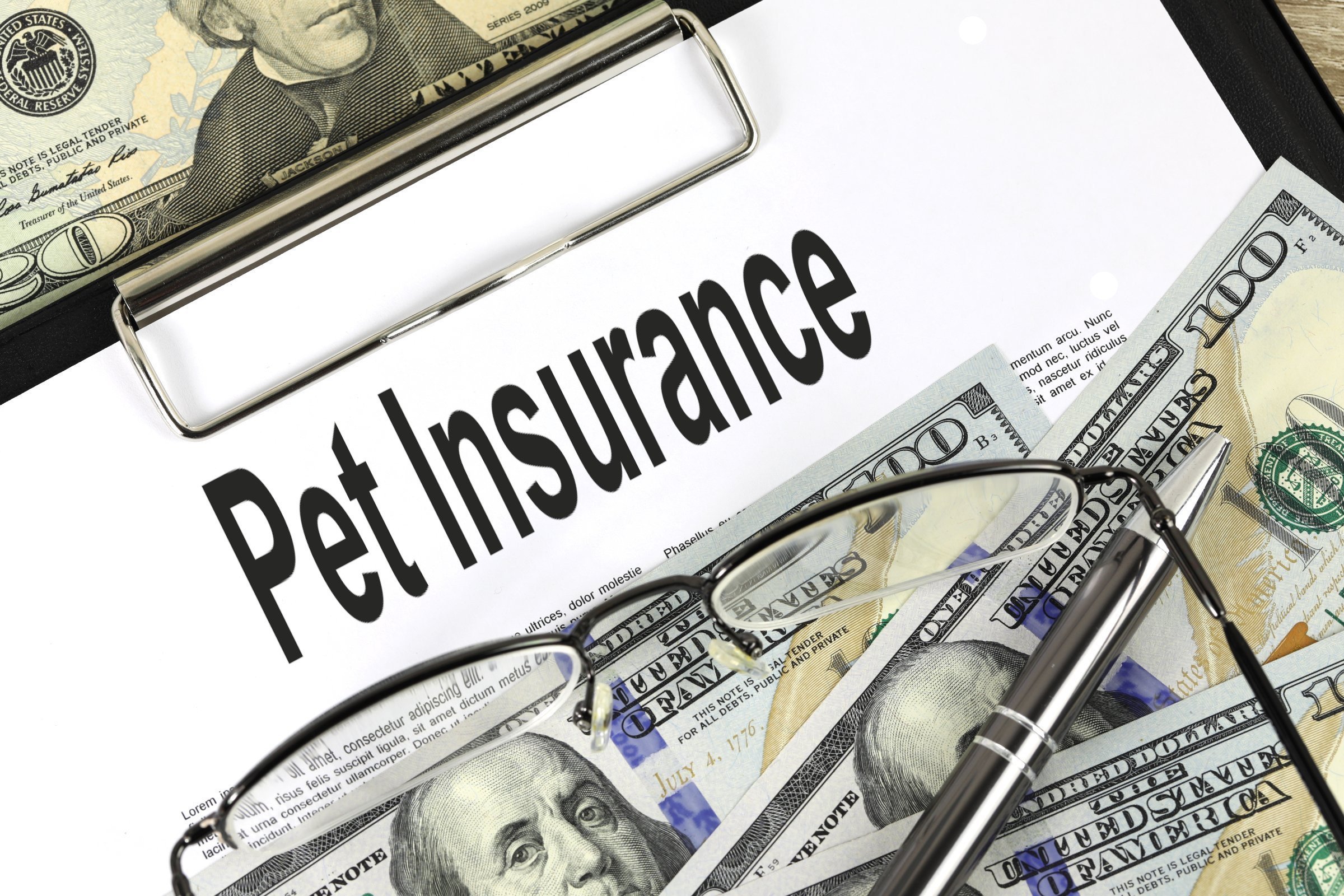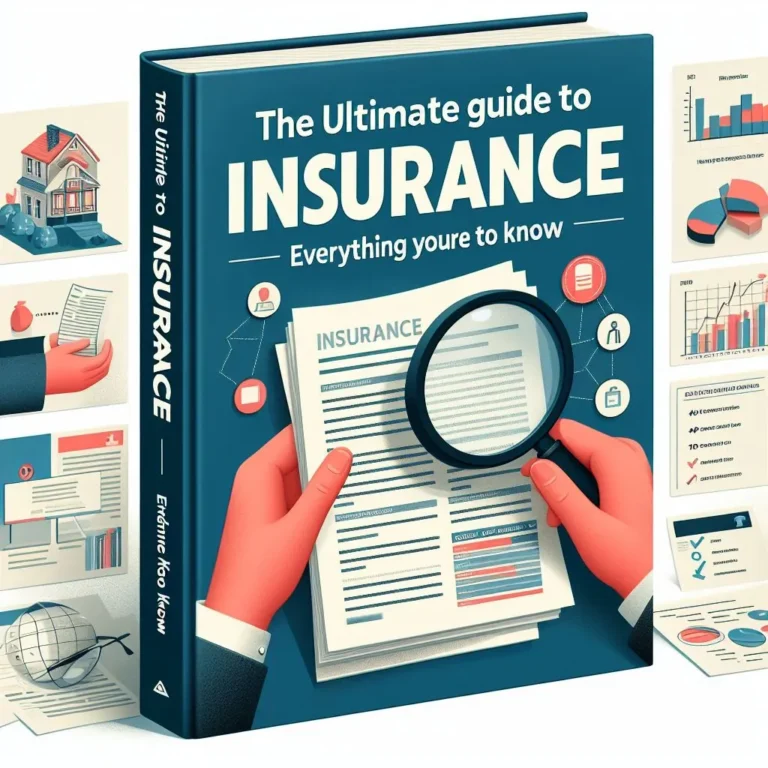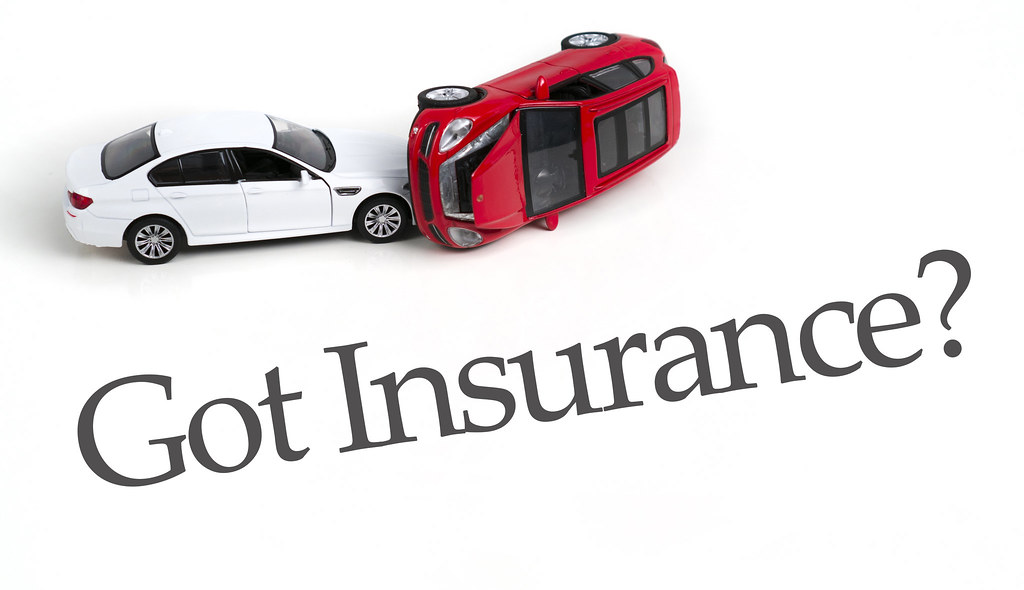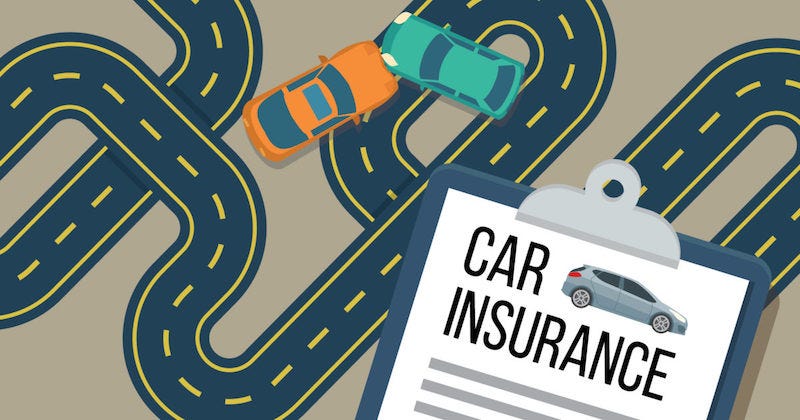Traveling broadens horizons and fosters unforgettable experiences. However, unforeseen circumstances can disrupt your meticulously planned itinerary. Travel insurance emerges as your knight in shining armor, safeguarding you financially against unexpected events that could derail your dream vacation.
Table of Contents
Understanding Travel Insurance Coverage:
Travel insurance shields you from various mishaps, including:
- Trip cancellation or interruption: Covers non-refundable expenses if you’re forced to cancel or cut your trip short due to covered reasons like illness, injury, or adverse weather.
- Medical emergencies: Provides financial assistance for medical care received during your trip, including hospitalization and emergency medical evacuation.
- Lost or stolen luggage: Reimburses you for the value of your lost or stolen belongings, ensuring you have essentials during your trip.
- Rental car damage: Offers protection against financial liability for damage to your rental car.
Beyond the Basics: 10 Key Points to Consider:
- Policy Coverage: Travel insurance policies vary. Scrutinize the details to understand what’s included and excluded before purchasing.
- Cost: Premiums depend on the chosen coverage type, trip duration, your age, and health. Generally, expect to pay 5-10% of your trip cost.
- Purchase Timing: For maximum protection, secure travel insurance immediately after booking your trip.
- Claim Process: In case of a claim, gather supporting documentation like your policy copy, proof of trip disruption, medical bills, or police reports (for stolen luggage).
- Exclusions: Be aware of common exclusions like pre-existing medical conditions, extreme sports participation, war zones, and acts of terrorism.
- Policy Comparison: Utilize travel insurance comparison websites, consult travel agents, or explore online reviews to compare various options.
- Choosing the Right Policy: Assess your needs and budget. Prioritize reading the policy thoroughly, ensuring coverage aligns with your planned activities, comparing quotes, and opting for a plan with comprehensive coverage.
- Benefits: Travel insurance offers peace of mind, financial protection for unforeseen circumstances, access to medical care abroad, and assistance with lost or stolen luggage.
- Potential Drawbacks: Consider the cost of the policy, the possibility of claim denials, and the chance of coverage not fully reimbursing all expenses.
- Worth the Investment?: While the decision depends on individual circumstances, having travel insurance is generally advisable as a safety net against unexpected situations.
Conclusion:
Travel insurance empowers you to embark on your journey with confidence. By understanding its purpose and how it functions, you can select the ideal policy that aligns with your needs and safeguards your finances in case of unforeseen events. Remember, a little planning goes a long way in ensuring a smooth and secure travel experience.tunesharemore_vert















































































